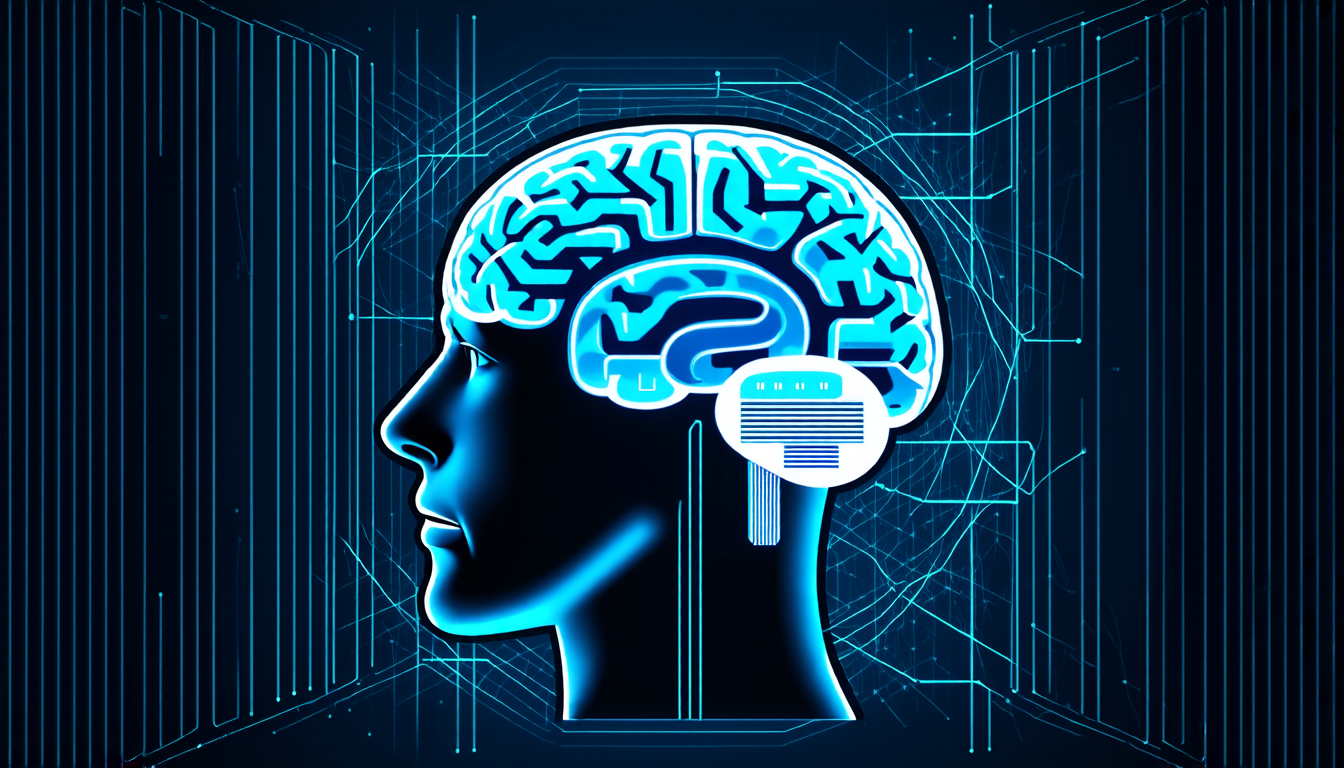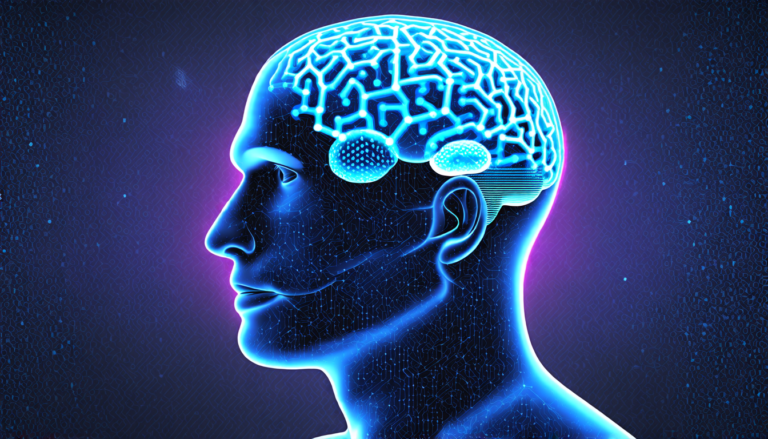Monday 24 March 2025
The quest for a clearer understanding of brain activity has led researchers down many paths, but a new study offers a promising breakthrough in our ability to decode the complex signals emanating from our gray matter.
By harnessing the power of deep learning, scientists have developed an innovative approach to analyzing electroencephalography (EEG) data, which could have significant implications for fields ranging from neuroscience and psychology to medicine and technology. The key innovation lies in the use of long short-term memory (LSTM) networks, a type of artificial intelligence designed specifically for processing sequential data.
In traditional EEG analysis, researchers often rely on manual inspection or simplistic algorithms to identify and remove artifacts – those pesky electrical signals that can masquerade as genuine brain activity. However, these methods can be time-consuming, prone to errors, and may not accurately capture the complex patterns underlying brain function.
The new approach uses LSTMs to learn the patterns and structures present in EEG data, allowing for more effective identification of artifacts and better preservation of the signal’s integrity. This is achieved through a process called anomaly detection, where the algorithm identifies unusual patterns that deviate from the norm and flags them as potential artifacts.
The researchers trained their LSTM network on a large dataset of EEG recordings, which included both clean (i.e., artifact-free) and noisy segments. By analyzing the output of the network, they were able to identify specific characteristics that distinguished between clean and contaminated signals. These features were then used to develop an algorithm that could automatically remove artifacts from EEG data.
The results are impressive: the new approach outperforms traditional methods in both artifact detection and removal accuracy. Moreover, the LSTM-based system can process EEG recordings at a much faster rate than manual inspection or other algorithms, making it a potentially game-changing tool for researchers and clinicians.
This breakthrough has far-reaching implications for fields such as neuroscience, where understanding brain activity is crucial for diagnosing and treating neurological disorders. For example, LSTMs could be used to develop more accurate diagnostic tools for conditions like epilepsy, where identifying specific patterns of brain activity can help doctors develop targeted treatments.
The technology also holds promise for applications in psychology and education, where EEG analysis could be used to better understand cognitive processes such as attention, memory, and decision-making. Additionally, the development of more sophisticated EEG processing algorithms could pave the way for new forms of brain-computer interfaces (BCIs), enabling people with paralysis or other motor disorders to communicate more effectively.
Cite this article: “Decoding Brain Signals: A Breakthrough in EEG Analysis Using Deep Learning”, The Science Archive, 2025.
Eeg, Deep Learning, Lstm, Artificial Intelligence, Neuroscience, Psychology, Medicine, Technology, Brain Activity, Anomaly Detection







